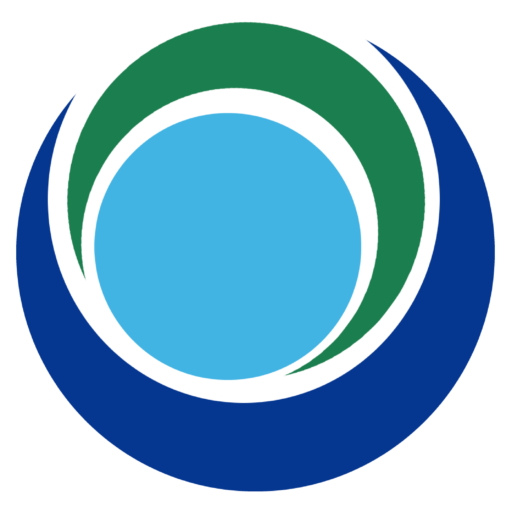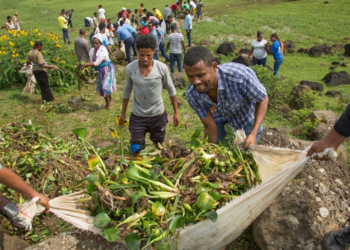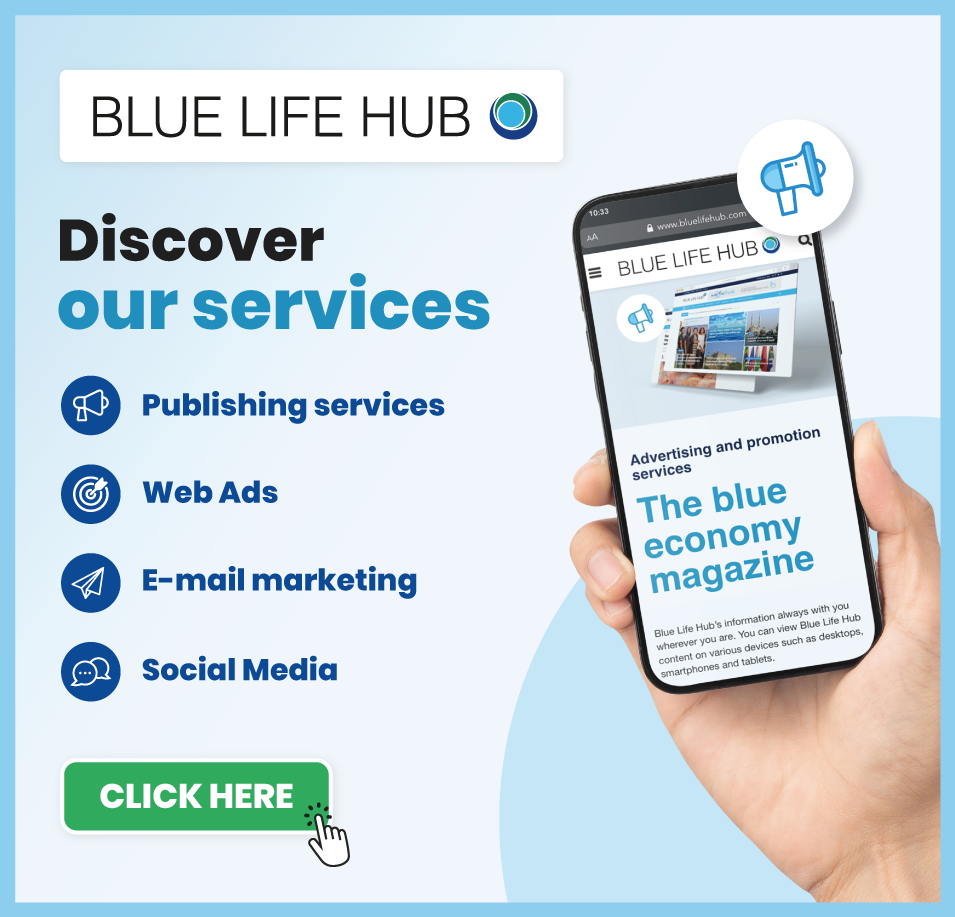The aquaculture paradox: feeding fish with other fish – Aquaculture, often presented as a sustainable solution to meet the growing global demand for animal protein, hides an incongruity that is difficult to ignore: to raise fish, you kill other fish.
A food cycle biting its own tail!
Many farmed fish species, such as salmon, bass, bream, trout, carp, are carnivorous. Their main food in intensive aquaculture systems consists of fishmeal and fish oil, derived from fishing small pelagic fish such as anchovies, sardines and mackerel. In practice, large quantities of wild fish are caught and processed into feed for other fish, which are locked in tanks or cages.
This approach leads to several problems:
- Overexploitation of the seas. It is estimated that about one third of global fishing is for the production of fishmeal and fish oil. This negatively impacts marine ecosystems and coastal communities that depend on those fish for food.
- Energy inefficiency. It takes 2 to 5 kg of wild fish to produce 1 kg of farmed fish (depending on the species). The conversion factor increases dramatically for example for growing tuna in cages. This is contrary to the principles of the circular economy and sustainability.
- Dependence on a limited resource. Wild fish populations are not infinite. Continuing to rely on this type of feeding seriously compromises the ecosystem.
Promoting aquaculture as “sustainable” in this context seems almost contradictory.
Fortunately, research is offering several innovative solutions to overcome this dependency, such as, for example, plant-based feeds: soy, algae, microalgae and other plant ingredients are already being used in part to replace fishmeal. Some studies show good results in terms of fish growth and health, although the omega-3 polyunsaturated fatty acid profile remains to be improved. (DHA, EPA)
Other feed comes from insects such as fly larvae and others that can be bred and processed into animal protein with high nutritional value. They are already used in some experimental feeds, with good results.
But also the recycling of fishing by-products such as waste and residues from the fishing industry which can be turned into feed, reducing waste and the need for further fishing.
A breakthrough is being achieved with integrated multi-trophic aquaculture (IMTA), i.e. a system where different species coexist symbiotically (e.g. fish, molluscs, algae) allowing nutrients in the environment to be reused and reducing the overall environmental impact.
However, the current system of aquaculture is predominantly based on feeding fish to other fish, which is an ecological paradox. If we really want fish farming to be part of the overall solution for a sustainable diet, we must break this vicious circle. The good news is that alternatives exist: what is needed is political will, investment in research and greater consumer awareness.
The aquaculture paradox: feeding fish to other fish









